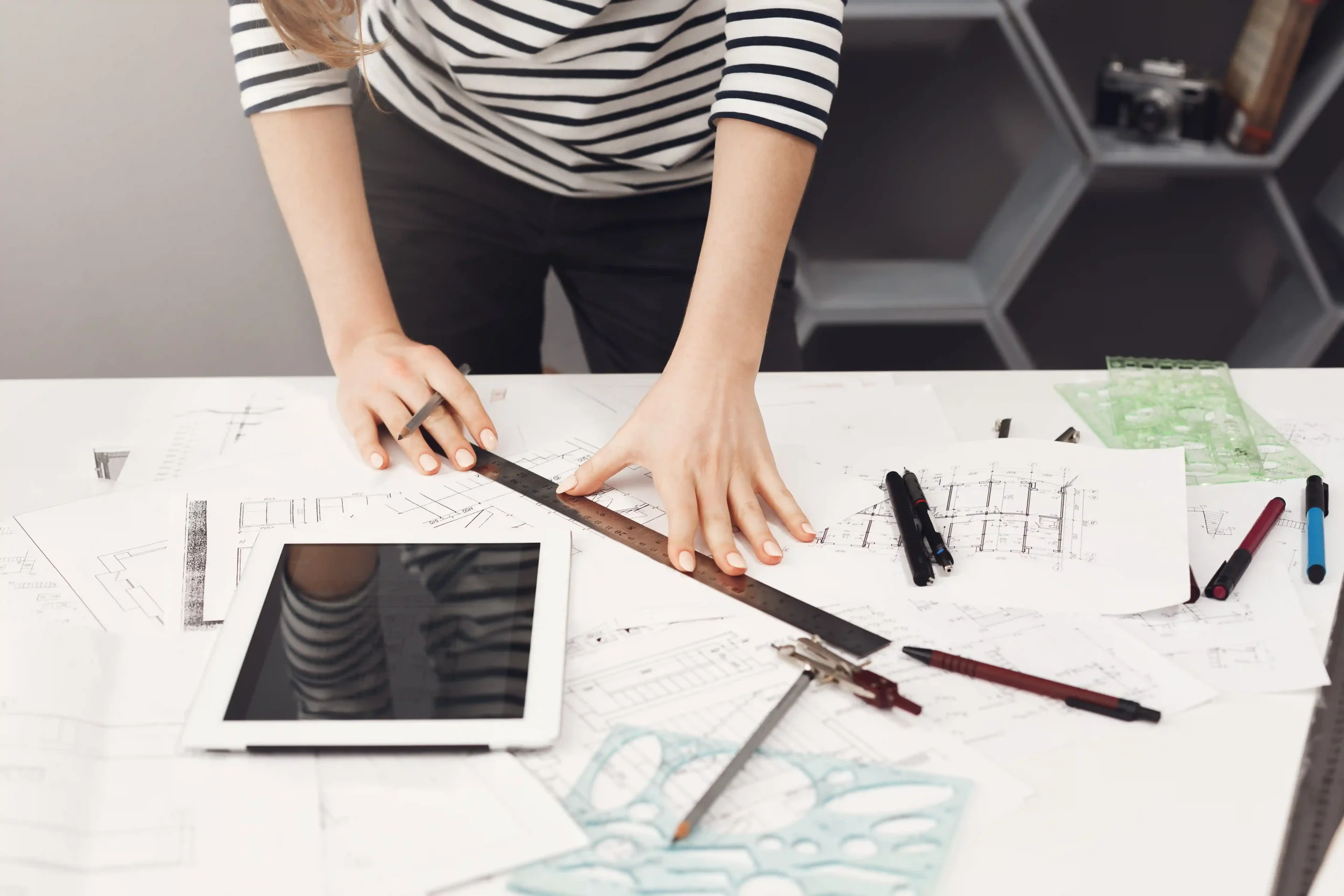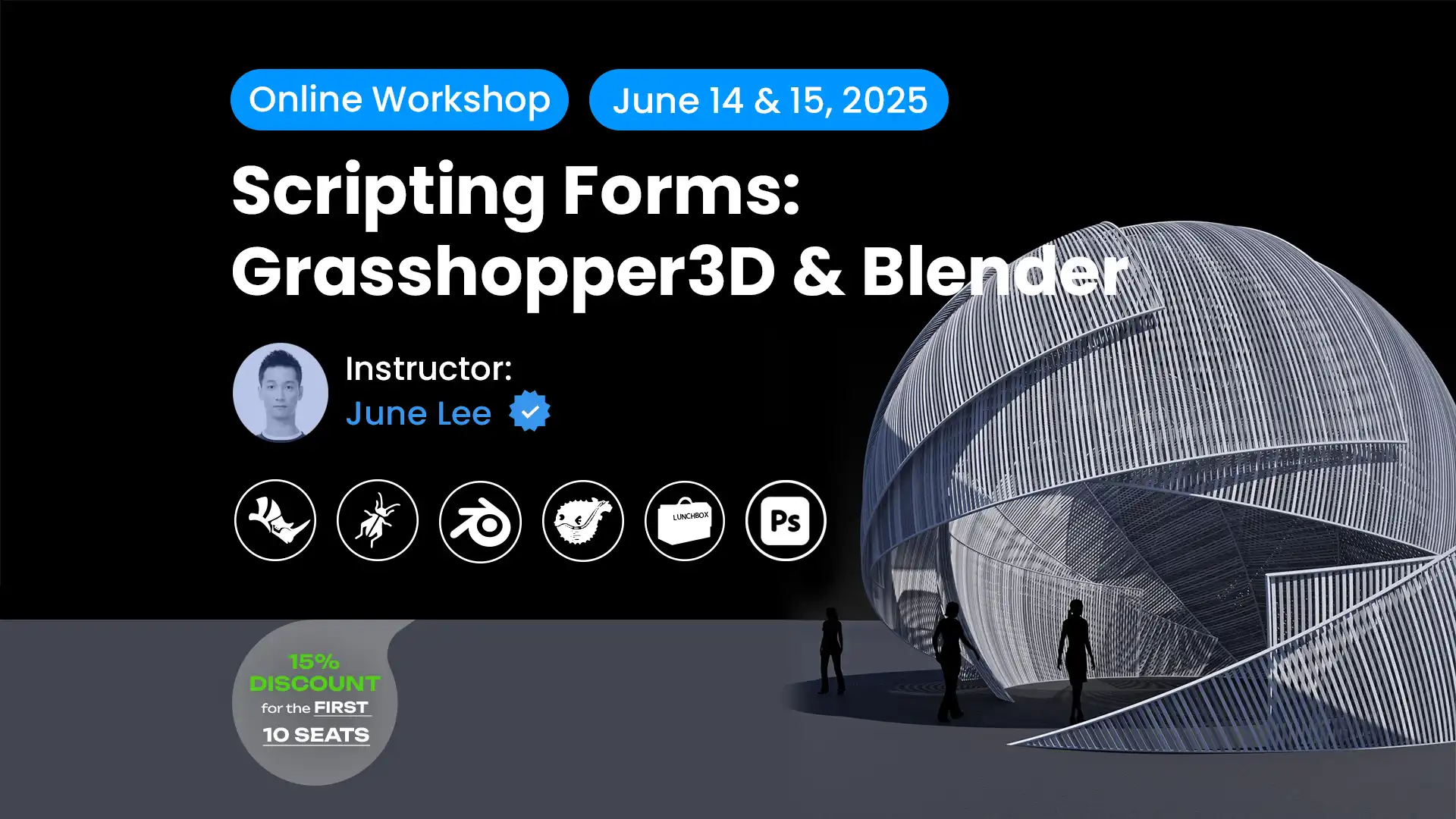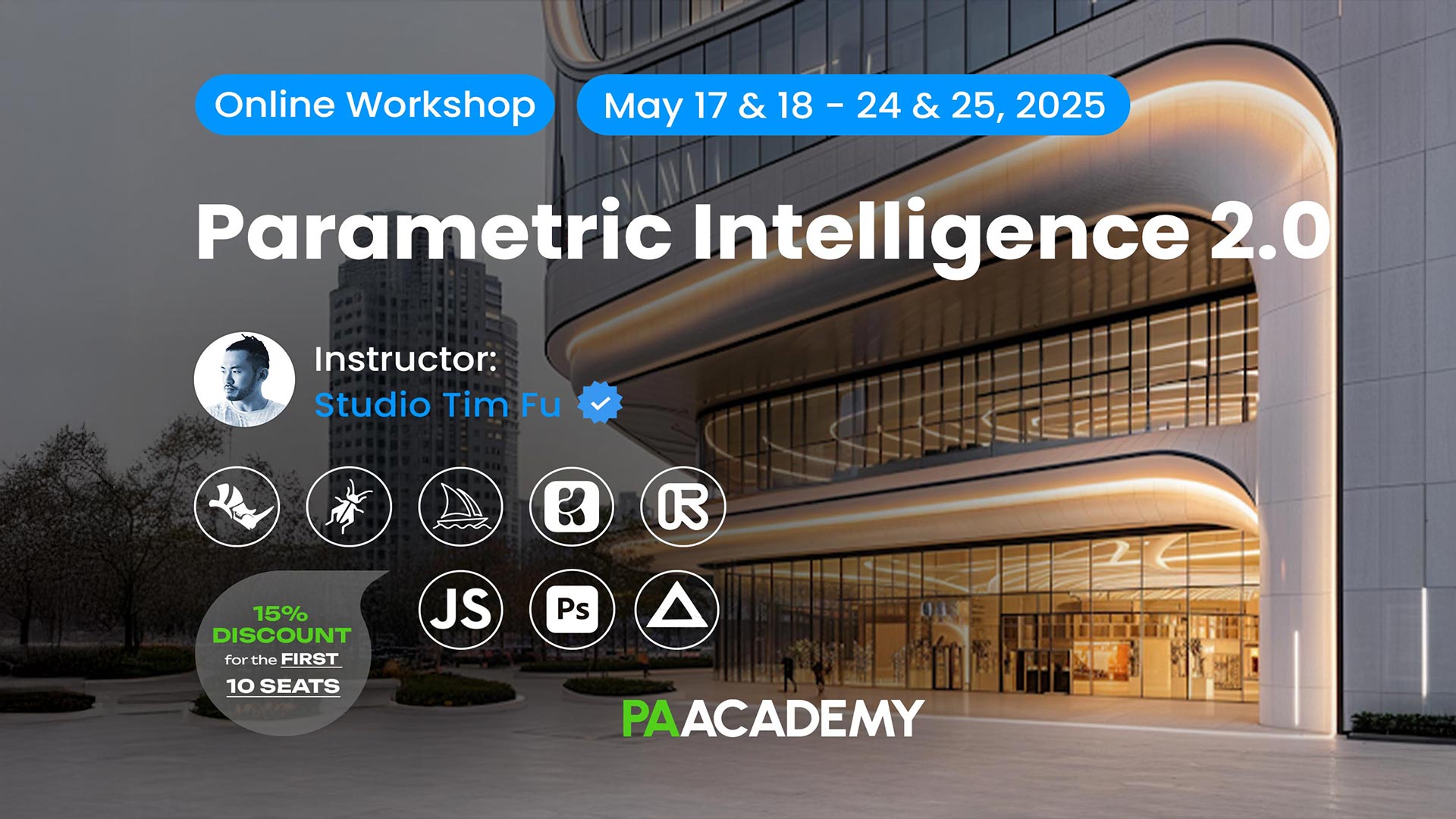Architectural education is a complex mix of academics and hands-on experience. Through practical applications, students must master complicated theoretical concepts and develop technical and creative skills. Maintaining a balance between these two factors is difficult since an imbalance might lead to conceptual shallowness or technical execution.
Success as an architect depends on their ability to balance both worlds. Time management, strategic integration of theoretical information into practical work, and technological tools to speed learning are essential for a well-rounded education. The article discusses ways to preserve this balance so students obtain academic insight and hands-on experience.
Understanding the Dual Nature of Architectural Education
Architecture requires creativity and analysis, unlike other fields. Architecture demands a seamless synthesis of both, unlike simply theoretical disciplines concentrating on research and academic discourse or exclusively practical disciplines focusing on skill development.
Students must study historical movements, material sciences, structural engineering, and sustainable design while transforming abstract concepts into architectural forms. This makes architecture education enriching and challenging.

The Role of Theory in Architectural Learning
Architecture theory guides creative and technical decision-making, making design visually appealing, structurally sound, and culturally relevant. It also helps architects study history, apply technical concepts, and create new answers to present problems. Without a solid theoretical foundation, architecture risks being superficial and unfunctional.
Key aspects of architectural theory:
- Enhances critical thinking
- Strengthens design reasoning
- Supports historical awareness
- Improves problem-solving skills
- Ensures functional efficiency
- Encourages sustainable solutions
Practical Experience and Skill Development
While theory creates the framework, practical practice brings architecture to life. Design studios, model-making workshops, and digital fabrication laboratories allow students to test their ideas in real-world circumstances. Mastering hand sketching, 3D modeling software, and physical model construction strengthen conceptual thinking and execution.
Practical work teaches adaptability because projects rarely go as planned, forcing students to resolve issues immediately. Construction sites, internships, and hands-on projects help architects learn materials, spatial relationships, and human interaction with space. Even well-designed systems might fail without practice.
Effective Time Management for Study and Practice
Time management is challenging for architecture students due to long hours of coursework, project development, and autonomous inquiry. Students must balance several assignments, extensive design sessions, and research-heavy coursework. Time allocation must be deliberate to avoid burnout and maintain study and practice growth.
Prioritizing Tasks and Setting Goals
Due to tight deadlines and hefty workloads, effective prioritization is critical for architecture students. Breaking projects into smaller, manageable goals maintains focus and progress. Students can plan their time properly by identifying which assignments need immediate attention, such as future critiques or material study.
An additional tip for balancing study and practice is to seek support where possible—using an essay helper for written assignments can lighten the workload, allowing more time to focus on design and technical skills. Setting goals keeps you motivated. Short-term goals, like finishing a design or learning a new
software tool, help long-term development. Prioritization reduces stress and improves work quality by preventing last-minute cramming.
Allocating Dedicated Time Blocks
Structured time blocks for architectural education ensure that theory and practice are not overlooked. A well-planned agenda includes reading, sketching, model-making, and software work. Students should concentrate on one task at a time rather than multitasking, which frequently results in inefficiency. Set aside mornings for theoretical research and evenings for actual design work to boost productivity. This method allows students to switch between tasks without feeling overwhelmed.

Integrating Academic Learning with Hands-On Practice
Students should actively combine theoretical and practical knowledge to boost learning rather than seeing them as separate entities. Applying lecture principles to design work improves comprehension and creates more meaningful projects.
However, studio initiatives should complement academic work. Architectural history can inspire new design features, while environmental design can inform sustainable project solutions. Students can discover how abstract ideas work in real-world applications by incorporating learned concepts into physical and digital models. This method deepens their designs, making them more sophisticated and purposeful. Feedback from instructors and peers can assist in refining this integration, ensuring creative and technically competent products.
Leveraging Technology for a Balanced Approach
Technology has brought theoretical study and practical applications closer together in architectural education. Digital technologies help students build and polish projects by streamlining workflows, improving design precision, and improving visualization.
Using CAD and BIM for Design Efficiency
Students can easily transition from conceptual sketches to full architectural plans using computer-aided design (CAD) and building information modeling (BIM) software. These tools speed up hand drafting and improve accuracy and presentation. BIM software helps students design for real-world practicality by improving their grasp of building components, materials, and structural factors. Mastering these tools is vital for students who want to combine theory and practice in their projects.
Virtual Reality and Simulation Tools
Immersive learning is possible with VR and architectural simulation tools. Virtual reality lets students explore their digital models and refine their designs before making actual ones. Simulation tools let students evaluate lighting, structural integrity, and environmental performance to ensure their designs satisfy aesthetic and functional criteria. These technologies translate theory into practice, making them beneficial in architectural education.
Conclusion
Balanced study and practice in architectural education demand time management, seamless integration of academic learning with hands-on work, and appropriate technology use. Students must actively apply theory to practice and improve their critical thinking and technical abilities. By prioritizing work, participating in real-world projects, and using modern design tools, students can manage their education more efficiently. Maintaining this balance improves academic achievement and prepares prospective architects for the changing difficulties of professional practice.


















Leave a comment